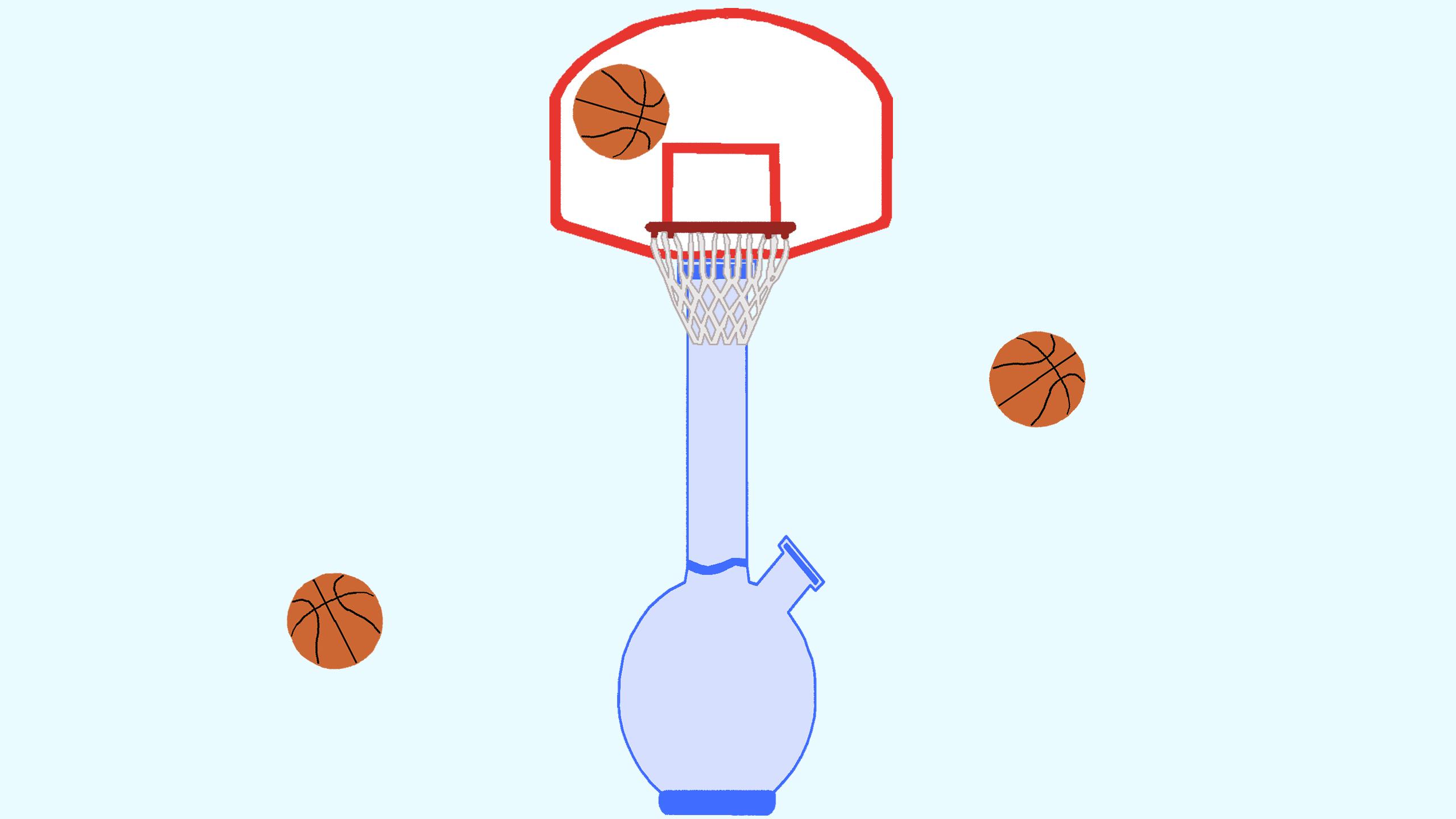By Peter Ash
Despite being legalized all across the country, all Canadian universities under U SPORTS won’t be able to use cannabis as a way to recover from injuries. The rules will stay the same, ensuring that all student-athletes—unless they’re medically cleared—won’t be allowed to use the substance.
Ryerson and U SPORTS’ policy on drug use falls under the World Anti-Doping Agency (WADA), which has cannabis under their list of prohibited substances. In an email to The Eye, a WADA spokesperson wrote that substances are banned across all sports if they cause two of these three things: the potential to enhance sport performance, a health risk to the athletes or a violation of the spirit of sport. However, only Ryerson’s seven varsity teams, such as soccer and basketball, fall under U SPORTS and WADA. Clubs, like baseball and golf, don’t. Therefore, they don’t get tested.
Varsity athletes get tested at random, said Ryerson’s manager of sport performance, Brian Finniss. But it’s up to the Canadian Centre for Ethics in Sport (CCES) to make that arbitrary decision.
Those who fail the drug test could experience at the very least a two-to-four-year suspension for a first violation and at the worst, a lifetime ban. “We’ve made it crystal clear that you cannot partake in it during the season,” said Ryerson’s interim director of athletics Jeff Giles. “It could ruin your career.”
Rams men’s soccer head coach Filip Prostran said he’s prepared for cannabis to become a topic of discussion on his team. “If it’s for medicine use or if it’s for the betterment of the person’s health, then that’s what it is.”
An anonymous Ryerson athlete (who didn’t want to be named because of the school’s stance) is an advocate for the potential of cannabis. Having dealt with broken bones and torn ligaments while playing high school sports, he said cannabis has helped him recover, better than the Aleve and extra strength Advil pills he used to take. Now, he also uses cannabis to help him fall asleep. For him, it’s about using specific CBD and THC oils. He said that the different cannabinoids helped him gain relief over time, but pointed out that people should “do their research” before experimenting with these alternatives, because knowing the levels of cannabinoids in a strain can help control the effects.
Dr. Melissa Snider-Adler, a Chief Medical Review Officer (CMRO) at DriverCheck Inc., said that CBD could be beneficial. While it does impact the brain, “we do not tend to see any substance use disorder with CBD alone.”
THC, because of its psychoactive components, can be addicting as users try to chase a certain high. CBD has also proven to be helpful in extreme cases, said Snider-Alder, who points to a new prescription called Epidolex, which is used to prevent seizure disorders in children and adults. Cannabis has also been linked to easing migraines and general stress. However, studies have also been inconclusive, because there have been cases where cannabis has led to an increase of feelings of anxiety and depression.
In the world of sports, cannabis’ effect as an enhancing drug has also been anecdotal. From NFL pass catchers in Randy Moss, to MMA fighters Nate and Nick Diaz, they’ve stood behind the stance that the drug can help mental stimulation, leading to better overall performance. Cannabis can also be known to cause slower reaction times, but its effect is minimal compared to alcohol. According to a 2015 report from National Highway Traffic Safety Administration, drunk drivers are 600 per cent more likely to crash than drivers who are high.
Because of its lower level of severity compared to other substances, former NBA commissioner David Stern, who’s been known for his conservative approach, said that he’s in favour of taking cannabis off the ban list in a 2017 interview with former player and cannabis advocate Al Harrington. For the anonymous Rams athlete, this isn’t surprising.
“There’s still such a taboo surrounding the use of cannabis,” he said. “I’m not saying smoking doesn’t have its downsides… but it’ll help us athletes move in a better direction.”











Leave a Reply